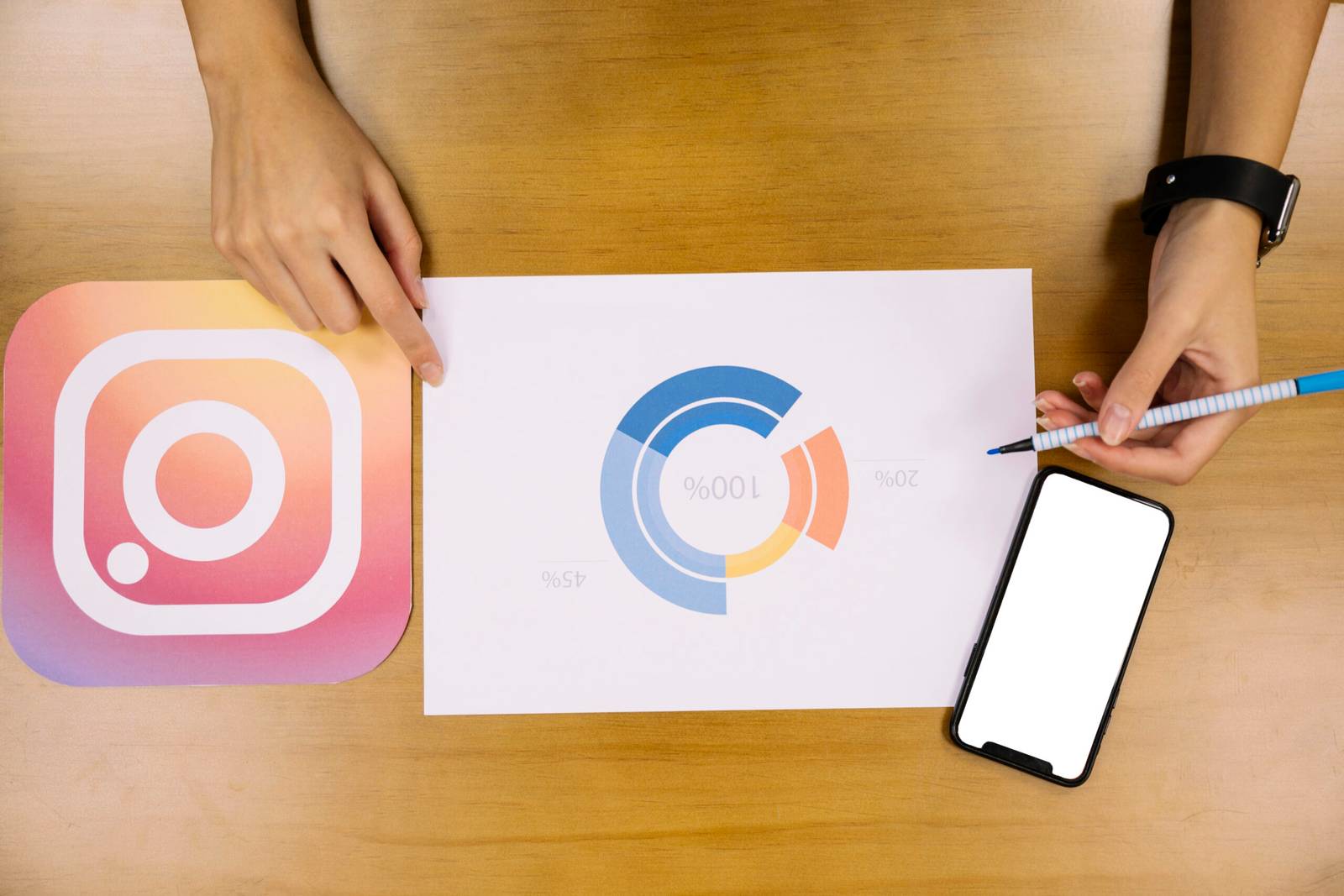Social Media Ads: Facebook vs. Instagram

by Web Digital
In the dynamic world of digital marketing, social media advertising has emerged as a pivotal tool for businesses to connect with their target audience. Two prominent platforms that stand out in this arena are Facebook and Instagram, both owned by Meta Platforms, Inc. These platforms offer unique opportunities and cater to distinct demographics, making it essential for businesses to determine which one aligns best with their advertising goals. In this comprehensive guide, we will delve into the world of social media advertising, comparing the strengths and weaknesses of Facebook and Instagram to help you make informed decisions and maximize the effectiveness of your ad campaigns.
Understanding Facebook and Instagram
Before we dive into the comparison, it’s crucial to understand the fundamental characteristics of Facebook and Instagram as advertising platforms:
Facebook: The All-in-One Social Network
Demographics: Facebook boasts a diverse user base, spanning all age groups, making it a versatile platform for reaching a broad audience. It is particularly popular among users aged 25-34 and 35-44.
Ad Formats: Facebook offers a wide array of ad formats, including image and video ads, carousel ads, slideshow ads, and more. This versatility makes it suitable for both B2B and B2C marketing.
Objective-based Advertising: Facebook allows advertisers to select from a range of objectives, such as brand awareness, lead generation, app installs, and e-commerce. The advertising setup is managed through Facebook Ads Manager.
Instagram: The Visual Storytelling Hub
Demographics: Instagram has a younger user base, with a strong presence of users aged 18-24 and 25-34. It is renowned for its highly visual nature, making it ideal for businesses with visually appealing products or services.
Ad Formats: Instagram primarily focuses on image and video ads, placing a significant emphasis on visual storytelling. It also offers carousel ads and Stories ads to create an immersive user experience.
Objective-based Advertising: Instagram’s advertising is integrated with Facebook Ads Manager, providing advertisers with a similar range of objectives. However, it excels in areas like brand awareness and product promotion.
Now that we have an overview of the two platforms, let’s explore the factors that can influence your choice between Facebook and Instagram for your social media advertising campaigns.
Factors Influencing Your Choice
Several critical factors should be taken into consideration when choosing between Facebook and Instagram for your social media advertising efforts:
1. Target Audience
The first and foremost consideration is your target demographic. If your aim is to reach a broad audience that encompasses various age groups, Facebook is a suitable choice due to its diverse user base. On the other hand, if your product or service caters to a younger demographic and relies heavily on visual appeal, Instagram may be the more effective option.
2. Ad Creatives
The type of content you have or plan to create is another critical factor. If your business has high-quality images and videos that can engage users visually, Instagram, which emphasizes visual storytelling, may be the superior choice. Facebook, however, is more versatile and accommodates a wider range of ad formats, making it a better option for businesses with varied content.
3. Marketing Objectives
Your marketing objectives play a significant role in your decision. If your goal is to focus on brand awareness, storytelling, or product promotion, Instagram, with its visually immersive platform, is a strong contender. However, for lead generation, product sales, or a broader range of objectives, Facebook provides a more comprehensive set of advertising options.
4. Ad Placement and Format
Both Facebook and Instagram offer options for automatic ad placement, where the platform decides where to display your ads. However, if you desire more control over where your ads appear, Facebook provides more granular options. Consider which platform aligns with your advertising preferences.
5. Budget and Cost-per-Click (CPC)
The cost of advertising can vary between the two platforms. Instagram often has a higher CPC compared to Facebook due to its visual appeal and high user engagement. Consider your budget and expected return on investment when making your decision.
6. Ad Performance Metrics
Both platforms offer detailed ad performance metrics, allowing you to track the effectiveness of your campaigns. Evaluate the metrics that matter most to your campaign objectives, such as click-through rates, conversion rates, engagement, and ROI, to determine which platform delivers the best results.
7. Ad Creative Guidelines
Each platform has its own set of ad creative guidelines and specifications. It’s essential to ensure that your ad creatives align with these guidelines to maximize the reach and engagement of your ads.
To provide a more practical understanding of the differences and potential benefits of each platform, let’s consider two hypothetical businesses and their advertising strategies.
Case Studies: Real-World Examples
Case 1: Local Bakery
Target Audience: Local residents of all age groups
Objective: Promote daily specials, boost in-store visits
In this scenario, Facebook might be the better choice for the local bakery. With its diverse user base, it can effectively reach a broad range of local customers. The bakery can use carousel ads to showcase daily specials, and Facebook’s location targeting feature can help attract nearby customers to visit the store.
Conclusion
In the realm of social media advertising, the choice between Facebook and Instagram should be guided by your specific business objectives, target audience, ad creatives, and budget. It is essential to consider your goals, the nature of your product or service, and the demographics of your target audience when making your decision.
Moreover, don’t forget to regularly monitor and analyze the performance of your campaigns on each platform to optimize your advertising strategy continuously. The dynamic nature of digital marketing requires adaptability, and by making informed choices and adjusting to changing market dynamics, you can harness the power of both Facebook and Instagram to drive the success of your social media advertising campaigns. Ultimately, the synergy between these two platforms can provide a potent one-two punch for your digital marketing efforts, ensuring you reach and engage with your audience effectively.
Recommended Posts

Social Media Marketing for Non-Profits in Canada
September 27, 2025

Starting a Social Media Marketing Agency in Montreal
September 26, 2025

How to Find Your Target Audience in Canada
September 25, 2025
